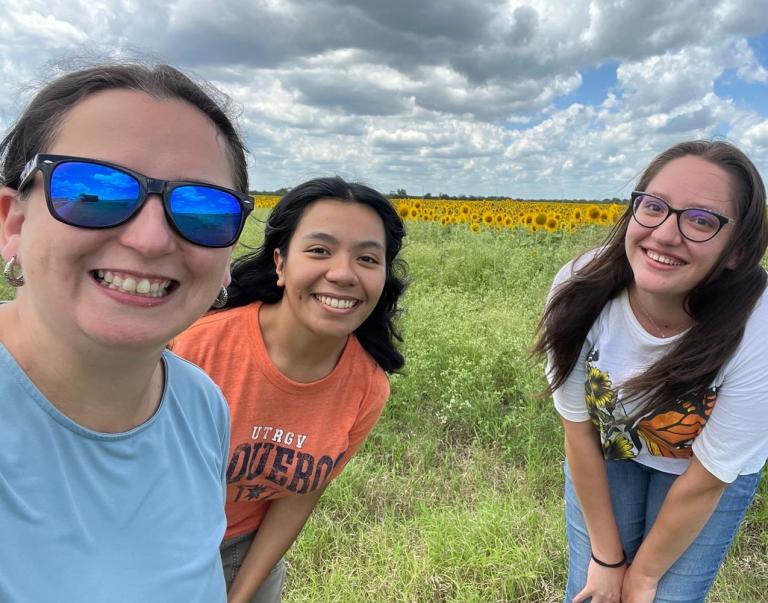
Most of us living in the United States are fortunate enough not to wonder where our next meal will come from. Yet across the globe, at least some time during the year, nearly 800 million people do. Not having access to stable and nutritious food sources – or food insecurity — negatively impacts people’s lives. Food security, on the other hand, means access by all people at all times to enough food for an active, healthy life.
USDA research agencies study food security and insecurity so that we recognize the challenges and develop effective and innovative ways to fight against them. Globally, if we can equip people with the knowledge and tools to feed themselves and participate in global markets, we can address the root causes of poverty and hunger, help end reliance on foreign aid, and create opportunities for a new generation of young people — all while building a more stable and interconnected world. We need research to discover and fine-tune solutions.
Last year, USDA was proud to co-lead development of the U.S. Government’s (USG) Global Food Security Research Strategy (PDF, 2.8 MB). This Research Strategy gives the world a framework for how agricultural, nutrition, and economic research can make a difference. At USDA, the Economic Research Service (ERS), Agricultural Research Service (ARS), National Agricultural and Statistics Service (NASS), and National Institute of Food and Agriculture (NIFA) all contribute in different ways. ERS develops annual International Food Security Assessments. These are eagerly anticipated for their analyses of food security situations in 76 low and middle-income countries. ARS, through the African Goat Improvement Network (AGIN), builds scientific knowledge and expertise to make animal protein more available in the developing world. NASS works to develop agricultural estimation capacity with partner governments, and NIFA funds top-class research valued at home and abroad.
The Research Strategy is one part of a bigger effort. Eleven federal departments and agencies, including USDA, participate in USG Feed the Future programming under the Global Food Security Act. Through Feed the Future, a projected 23.4 million more people are living above the poverty line, 3.4 million more children are living free of stunting, and 5.2 million more families do not go hungry in the Feed the Future countries.
Earlier this month, President Trump signed legislation extending the GFSA for five more years, sending a strong signal that the U.S. continues to help end food insecurity and malnutrition around the globe. USDA agricultural research has a big role to play in achieving these goals.


